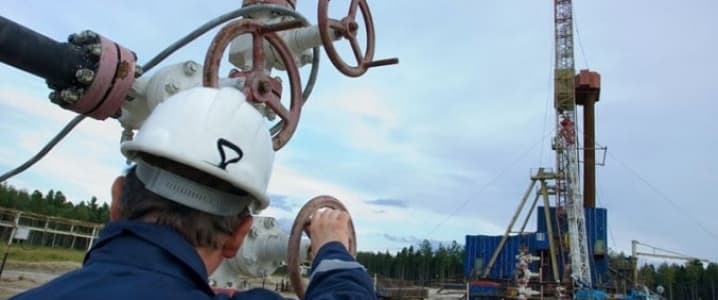The Permian Basin, after suffering a downturn in production, is poised to rebound next month. That prediction comes from the U.S. Energy Information Administration’s Productivity Report.
The Permian hung on in terms of production for about a year before experiencing a downturn similar to other areas in the country. However, the report anticipates that in September, production in the massive basin should see an increase of 3,000 barrels of oil per day to 1.977 million barrels per day next month.

The report also looks at six other oil producing areas in the United States: Bakken, Eagle Ford, Haynesville, Marcellus, Niobrara, and Utica regions. From 2011 to 2013, those six regions accounted for 95 percent of crude oil and natural gas production increases.
While the Permian should see a spike in production, the report says that collectively, the areas will see a decline in production next month. Altogether, production is forecasted to drop 85,000 barrels of oil per day to 4.47 million barrels for September.
The Eagle Ford is expected to see the biggest decrease, with an anticipated drop of 53,000 barrels per day to 1.026 million barrels per day. For the Bakken, the EIA expects a drop of 26,000 barrels per day to 942,000. The Niobrara was anticipated to see a loss of 7,000 barrels per day, which would drop it to 370,000.

However, the news is not entirely bleak. Because efficient drilling, new-well oil production across all seven regions could see an increase of a rig-weighted average of 18 barrels per day. Specifically, the Niobrara region could see an increase of 21 barrels per day to 982. The Bakken is expected to increase 18 barrels per day to 875 barrels. The Eagle Ford should see an increase of 13 barrels per day.
Lincoln Brown for Oilprice.com
More Top Reads From Oilprice.com:
- Has T. Boone Pickens Timed the Oil Market Just Right?
- Morgan Stanley: ‘’The Oil Rally Might End On Wednesday’’
- Opium Rules: Afghan Oil Will Never Get Out Of The Ground



















If prices stay in a 45-55 range, I would expect Permian production to grow ~50-75k/day by the end of the year with the increased activity. It obviously will not come close to cancel out the massive losses in the Bakken and Eagle Ford.